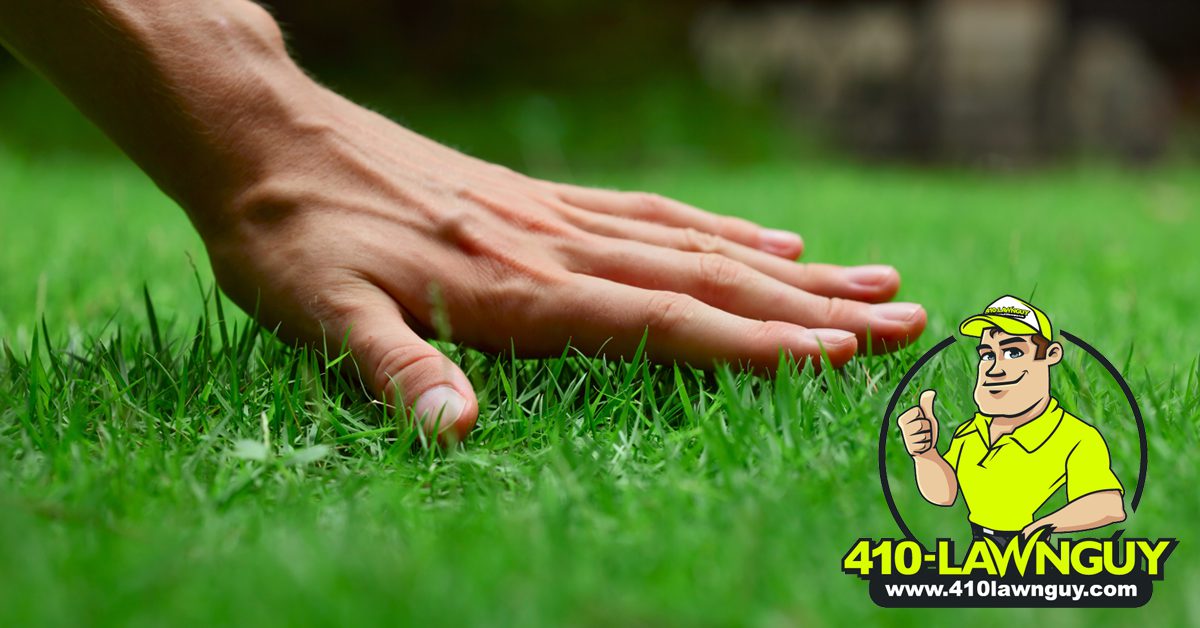 One of the best ways to have a healthy lawn in Maryland is planting perennial common grass types native to the area. While some grasses are nicer to look at or feel better underfoot, invasive or introduced grasses can wreak havoc on the native pollinators and plants.
One of the best ways to have a healthy lawn in Maryland is planting perennial common grass types native to the area. While some grasses are nicer to look at or feel better underfoot, invasive or introduced grasses can wreak havoc on the native pollinators and plants.
Maryland Common Grass Types
If you live in Maryland and need to plant grass in your yard, consider some of these grasses:
- Broomsedge bluestem
- Little bluestem
- Prairie cordgrass
- Saltmeadow cordgrass
- Smooth cordgrass
- Eastern bottlebrush grass
- Red fescue
- Eastern gamagrass
- Eastern blue-eyed grass
- Narrowleaf blue-eyed grass
- Mudplantain grassleaf
- Indiangrass
- Coastal panicgrass
- Blue sedge
- Pennsylvania sedge
- Upright sedge
- Switchgrass
- Canada wildrye
- Virginia wildrye
- Indian woodoats
These Maryland grasses bloom between June and October. You can choose one type for your entire yard or mix them up to add interest and texture to your landscape.
Maryland Invasive and Introduced Grasses
According to the Maryland State Archives, the following grasses are considered invasive and introduced. If you are looking to help local pollinators thrive, especially if you have fruits or vegetables growing, avoid using these grass types:
- Bamboo
- Wavyleaf basketgrass
- Japanese silver grass
- Japanese stilt grass
- Johnson grass
- Pampas grass
- Reed canary grass
- Japanese knotwood
- Chinese lespedeza
- Weeping lovegrass
- Curly pondweed
- Common reed
- Giant reed
Avoiding Common Grass Diseases
No matter which common grass type you plant in Maryland, the right conditions can make them susceptible to grass diseases. Fungi and spores living in your grass can lead to grass diseases, which can destroy the look and feel of your lawn. It can also invite unwanted guests into your lawn.
Lawn diseases can look like:
- Dead patches in the lawn
- Thin white threads connected between grass blades
- Grass blades turning red, then brown, or having a slimy look or feel to them
The best way to avoid common grass diseases in your Maryland lawn is to practice good prevention methods:
- Aerate and seed: Aeration helps loosen the soil, allowing seeds to take hold and germinate while also promoting air circulation. It also breaks down the thatch, which helps the lawn stay healthy and grow thick and lush.
- Water early: The best time of day to water the grass is in the morning so that the heat of the day can dry the grass blades. Watering too late in the day or the evening can encourage disease growth in wet blades of grass.
- Soil test: If you have issues with your grass, you could lack critical nutrients that help grass thrive. Under- or over-fertilizing your lawn can promote diseases, so knowing how, what, and when to fertilize is one key to a healthy and disease-free lawn.
- Know how to mow properly: Maintain sharp mower blades at all times and make sure the mower is at the proper height for the time of year you’re mowing in. If you find disease in your grass, disinfect your lawnmower underneath, including the blades, after each use. This will help to prevent disease spread to the rest of your lawn.
Keeping Your Maryland Grass Thriving
Need help finding the right grass type for your yard? Do you think you might have grass disease and aren’t sure the best way to get rid of it? If you need some professional help to get your Maryland grass thriving, contact the 410-LAWNGUY in Gambrills, Maryland, today!
We consider ourselves the homeowner’s hero because we take on even the smallest jobs that most lawn care companies don’t want. If you’re in Maryland and need help with your lawn, contact us today!

